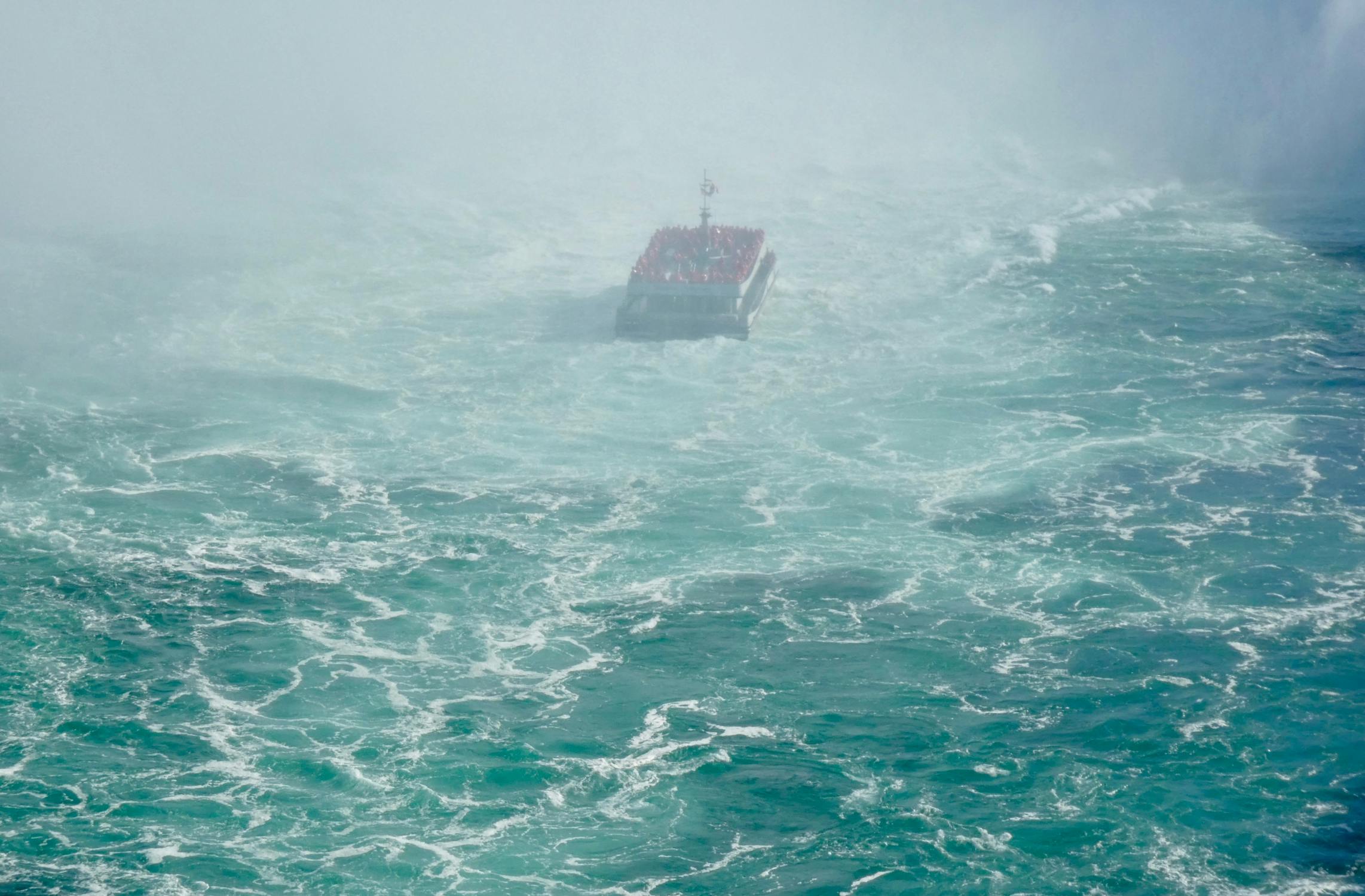[ad_1]

Seeing the yachts being seized feels like a “little bit of justice,” Finley said.
She’s part of a growing group of online spectators watching and reporting as governments around the world seize Russian oligarchs’ assets as part of sanctions for Russia’s invasion of Ukraine. While money can often be hidden and moved between offshore bank accounts, it’s trickier to conceal a 511-foot megayacht with an indoor pool, multiple helipads and a tracking system.
Using automated Twitter accounts, online tracking sites and homemade bingo cards, casual fans of financial retribution are following the location of the oligarchs’ ships and jets, often hoping to catch them on the run or docked in a country likely to seize them. Social media accounts have sprung up to follow the movements of these luxurious vehicles and keep track of which ones have been frozen or taken into possession by governments.
They use sites like VesselFinder, MarineTraffic or SuperYachtFan where you can type in a ship’s name or unique identifiers, known as an International Maritime Organization (IMO) number or Maritime Mobile Service Identity (MMSI). Thanks to similar satellite-based tracking technology, oligarchs’ private jet locations can also be tracked online through sites like Flightradar24.com. It’s not just location information. Some of the more expensive and well known yachts have their own Wikipedia pages and online followings, where details about their most over-the-top features are documented.
The Russian billionaires became the new object of fascination after the White House and European Union moved to sanction dozens of individual oligarchs and their associates as part of the larger Western crackdown on Russia following its invasion of Ukraine.
“The United States and governments all over the world will work to identify and freeze the assets Russian elites and their family members hold in our respective jurisdictions — their yachts, luxury apartments, money, and other ill-gotten gains,” according to the White House in a March 3 statement.
Yacht watchers have already witnessed a number of seizures. Italian financial police seized the superyacht Lena and another named Lady M, belonging respectively to Russian oligarchs Gennady Timchenko and Alexei Mordashov, according to the Associated Press. VesselFinder showed both on its maps recently, docked in Italian ports.
Late last week, the French Finance Ministry announced on Twitter it had seized a 281-foot-long superyacht worth $120 million that belonged to Russian oligarch Igor Sechin, the CEO of oil giant Rosneft. Called the Amore Vero, that ship’s recent locations were not as easy to find on tracking sites.
Yachts are not always required by law to share their location, though they typically do so for safety. However, some may turn off their automated tracking system if they want to sail under the radar.
“Whether a yacht has a duty to keep its AIS device on under international law or the domestic laws of its flag just depends on the size of the yacht, her flag, and where the yacht is located,” R. Isaak Hurst, an attorney at the International Maritime Group, said in an email.
The Russian-owned megayachts have become a clear object that people can focus their anger and attention on, yacht tracking fans say.
“There’s a symbolic power that the yacht holds in the West’s campaign to rein in the power of Vladimir Putin and his global kleptocracy,” said Oliver Houston, a political campaigner and writer from London. Houston has been active on the #YachtWatch trend on Twitter.
If the rich owners are losing their prized possessions, they might be incentivized to put pressure on Putin to back out of Ukraine, Houston figures.
The practice of tracking billionaires’ jets is hardly new — hobbyists, reporters and observers have long followed executives’ and government leaders’ movements by tracking their private planes. In 2017, a federal investigation probed then-Treasury Secretary Steven Mnuchin’s trip on a political contributor’s plane. (It was found to be legal.) And while Amazon searched for a second headquarter city in 2018, journalists tracked where founder Jeff Bezos’s jet traveled to try to find clues. (Bezos owns The Washington Post.)
He runs the @RussiaYachts Twitter account, which has shared some locations of the vessels, along with a list of several superyachts and their billionaire owners. Sweeney also created a Twitter account that shares automated updates of oligarchs’ jets movements.
Good morning, Oligarch #YachtWatch fans! I thought it would be a good idea to start the week off with a summary of where things float at the moment.
1. Four yachts were “frozen” last week. NB: not “seized” because it’s not like the government took control and can sell them. 1/
— Alex Finley (@alexzfinley) March 7, 2022
He started tracking the oligarchs’ property after getting a flood of messages from people who knew about his flight-tracking prowess. It’s a way to make the locations more transparent, even when their owners are trying to fly (or sail) under the radar.
“They think they’re hidden but they’re not, necessarily,” he said.
Private jets are less flashy than the megayachts, at least on the outside, but they’re still an object of fascination online.
“Some are very recognizable. Some have custom paint jobs,” said Jon Ostrower, editor in chief of the Air Current, a news site reporting on the aerospace industry. “[Russian billionaire] Roman Abramovich has an aircraft that he’s always maintained called the Bandit, a 767 painted all white except for this black stripe over the cockpit windows. It was sharp.”
On Twitter, college student Sweeney uses data from ADS-B Exchange, an open-source company that publishes a map of flight movements around the world. Founder Dan Streufert said pretty much any plane flying around the globe has a transponder that broadcasts the plane’s unique ID and its position, for safety reasons such as avoiding collisions. ADS-B Exchange relies on crowdsourced data — aviation and radio hobbyists have receivers that collect data from the flights’ transponders, which the company then plots onto a map.
The system isn’t without its gaps. Areas without participating receivers will show fewer flights, and military planes can turn off their transponders, making some areas — such as Crimea — appear as though they have empty skies.
Streufert said he understands people’s fascination with the massive jets. Not many people have their own private fleets, after all.
“It can help hold not only [the oligarchs] accountable, but also the countries they fly into, because some countries are saying they are going to seize assets,” he said.
Yachts can sometimes be more difficult to track, especially if they are not near a port. MarineTraffic, a website that publishes data about ships’ whereabouts, uses a network of receivers on land as well as satellites to track the boats’ positions no matter where they are.
The company has about 6.5 million unique users each month, ranging from hobbyists to shipping and banking industry professionals who use the data to keep track of assets, said the company’s media and communications leader, Georgios Hatzimanolis.
Since the invasion in Ukraine began, MarineTraffic has seen a “huge spike” in interest, he said, a level not seen since a massive ship got stuck in the Suez Canal one year ago. The much-memed plight of the stuck containership Ever Given was monitored on marine tracking sites like MarineTraffic and VesselFinder, where it was often represented by a giant rectangle wedged diagonally in the Suez Canal.
People are also monitoring villas and other lavish properties that belong to Russia’s elite, looking up online listings and satellite images as well as searching public property records while waiting to see if they are seized by local governments.
Still, “the yacht is a particularly powerful symbol — not only of their power, but also of our power to be sure that we are hitting them where it hurts,” #YachtWatch user Houston said.
[ad_2]
Source link






